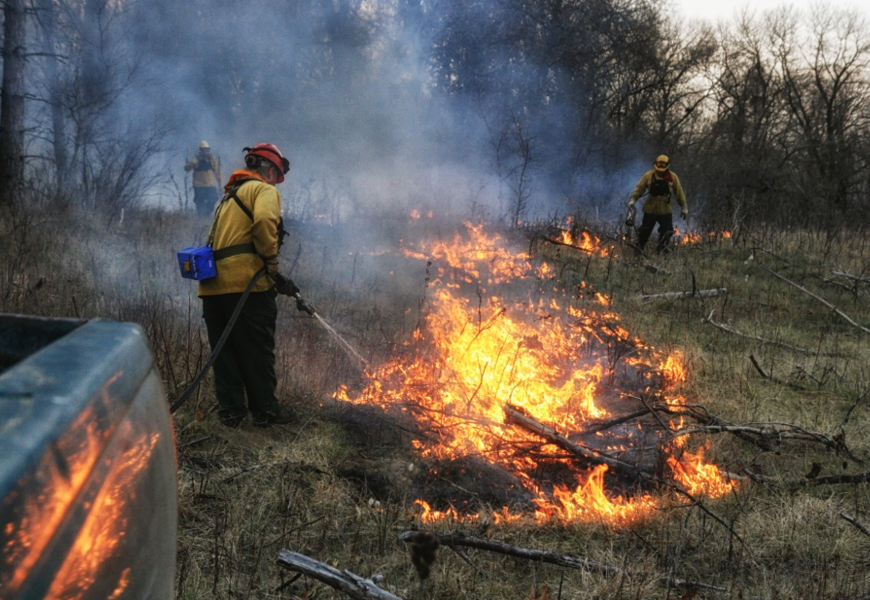
 back to all news
back to all news
Drier savannas, grasslands store more climate-buffering carbon than previously believed

Savannas and grasslands in drier climates around the world store more heat-trapping carbon than scientists thought they did and are helping to slow the rate of climate warming, according to a new study co-authored by researchers at the University of Michigan School for Environment and Sustainability (SEAS).
Adam Pellegrini, an IGCB Exchange Professor at the Institute for Global Change Biology (IGCB) at SEAS, is the study’s lead author, while Peter Reich, professor and director of the IGCB, is the study’s second author.
With researchers from around the world, they looked at where and why fire has changed the amount of carbon stored in topsoil. They found that within savanna-grassland regions, drier ecosystems were more vulnerable to changes in wildfire frequency than humid ecosystems.
The study was published online Oct. 2 in the journal Nature Climate Change.
Read the full press release on the Michigan News website.
Read the study: Soil carbon storage capacity of drylands under altered fire regimes

